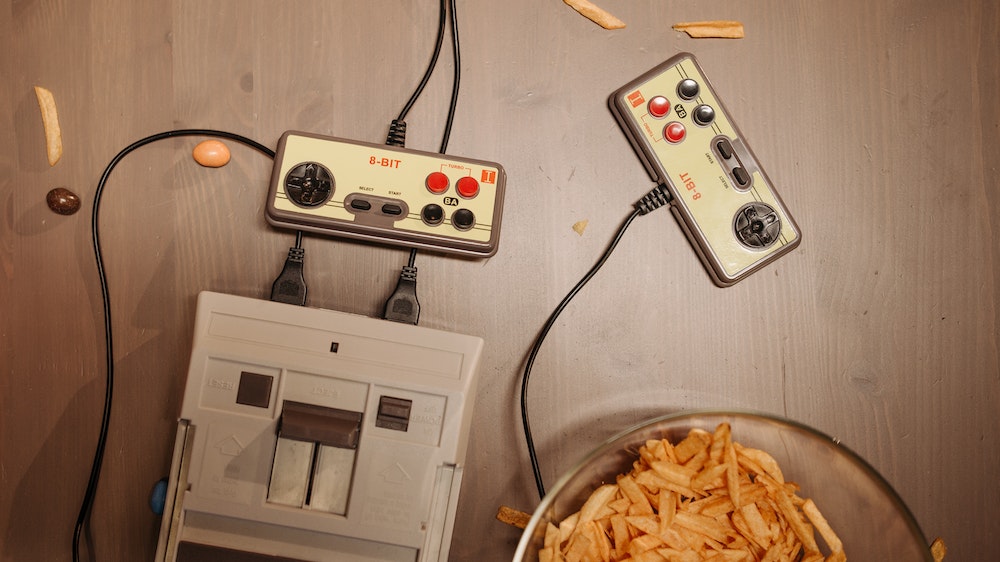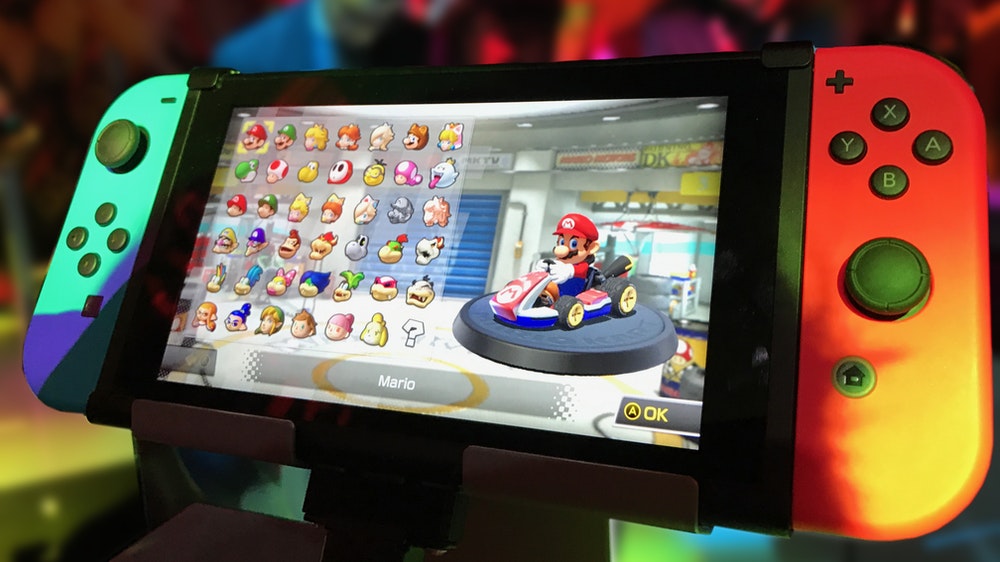Board games have been a source of entertainment and social interaction for decades, bringing families and friends together. The 80s and 90s witnessed a surge of innovative and memorable board games that became beloved classics. In this blog post, we will delve into the history of popular board games from the 80s and 90s, exploring the creativity, fun, and nostalgia that these games brought to countless households. From strategic challenges to cooperative adventures, these games captured the imaginations of players and continue to hold a special place in the hearts of both children and adults.
The popular games from the 80s and 90s are following:
1. Trivial Pursuit
Trivial Pursuit, introduced in 1981, quickly became a sensation and a must-have game for trivia enthusiasts. The game tested players’ knowledge in various categories, challenging them to answer questions across a wide range of topics. Trivial Pursuit ignited friendly competition and sparked intellectual conversations, making it a staple at gatherings and game nights.
2. Scrabble

Scrabble, a classic word game, has been captivating players since its inception in the 1930s. However, its popularity soared in the 80s and 90s as families gathered around the board to showcase their vocabulary and strategic skills. The game of forming words and maximizing point values with letter tiles provided endless hours of challenging and educational fun.
3. Monopoly
Monopoly, a timeless classic, has remained a favorite since its introduction in the early 20th century. However, the 80s and 90s saw the release of various themed editions, such as Star Wars, Disney, and NFL, which added a new level of excitement and nostalgia. Monopoly allowed players to engage in fierce property trading and strategic decision-making, making it an iconic game that still brings families and friends together.
4. Mouse Trap
Mouse Trap, introduced in 1963, gained significant popularity in the 80s and 90s. The game incorporated a complex Rube Goldberg-like contraption that players had to construct to catch a plastic mouse. This interactive and unpredictable game brought a sense of anticipation and laughter as players triggered the chain reaction to set the trap in motion.
5. Operation

Operation, first introduced in the 1960s, became a classic game of skill and steady hands. Players acted as “surgeons” tasked with removing various ailments from the patient without touching the metal edges. The tense and nerve-wracking moments of trying to avoid the buzzer while extracting tiny objects provided both excitement and entertainment.
6. Guess Who?
Guess Who?, a game of deduction and reasoning, gained popularity in the 80s and 90s. Players asked yes-or-no questions to eliminate characters on the board and narrow down the identity of their opponent’s chosen person. This simple yet engaging game encouraged critical thinking and deduction skills, making it a favorite among children and adults alike.
7. Risk
Risk, a strategic world domination game, captivated players seeking epic battles and geopolitical conquests. Players strategized their moves, deployed troops, and engaged in intense conflicts to dominate the world map. The game offered hours of strategic thinking and negotiation, making it a go-to choice for those who enjoyed a challenging and immersive experience.
7. Pictionary
Pictionary, introduced in the mid-80s, blended drawing and guessing to create an exhilarating and laughter-filled experience. Players had to draw visual clues for their teammates to guess within a time limit. The fast-paced nature of the game and the hilarious interpretations of the drawings added an element of spontaneity and creativity.
8. Clue
Clue, also known as Cluedo in some countries, immersed players in a murder mystery where they had to solve the identity of the culprit, the weapon, and the location of the crime. This deduction-based game challenged players’ detective skills as they collected clues and eliminated possibilities. The intriguing storyline and suspenseful gameplay made Clue a memorable and engaging experience.
9. Scattergories
Scattergories, a creative-thinking game, provided players with categories and a letter and tasked them with coming up with unique answers that started with the chosen letter. The game encouraged quick thinking, creativity, and word association skills, leading to lively discussions and friendly debates.
Conclusion:
The 80s and 90s introduced a rich collection of board games that became beloved classics. Trivial Pursuit, Scrabble, Monopoly, Mouse Trap, and many others offered diverse gameplay experiences that brought joy, competition, and laughter to countless households. These games not only provided entertainment but also fostered critical thinking, strategic planning, and social interaction. As we look back at the history of popular board games from the 80s and 90s, we celebrate the creativity and innovation that made these games enduring favorites. Whether played during family gatherings, game nights with friends, or rainy afternoons, these board games left an indelible mark on our memories and continue to be cherished by generations of players.



